PreK/K: A Burst in Cognitive Ability

The human brain’s capacity for higher-level, executive functions undergoes an explosive expansion during the preschool and primary years. We will explain executive functions further in a moment, but for now consider it as closely tied to critical thinking.
Never again, during an individual’s entire lifetime, will there be a similarly accelerated rate of neurological and cognitive processing power as occurs between the years of 3 to 6 years of age. What a fascinating period in development!
The Information Processing Model of Learning and Memory
Humans receive and process information from the environment all the time. One of the simplest forms of information processing is the knee-jerk reflex used in basic neurological examinations. Most of us are familiar with this simple procedure. The patellar reflex occurs when a small rubber hammer is used to strike the patellar ligament located just below the kneecap (the patella). This tap causes a stretch in the quadriceps muscle above the kneecap. This stretch is sensed by a nerve cell (a neuron) that runs from the muscle to the spinal cord. This signals another neuron in the spinal cord that runs back to the quadriceps muscle and causes it to contract with the characteristic jerk of the lower leg, the knee-jerk. This processing of information is so incredibly simple that it does not even require involvement of the brain. Thus, it is a very fast reflex. 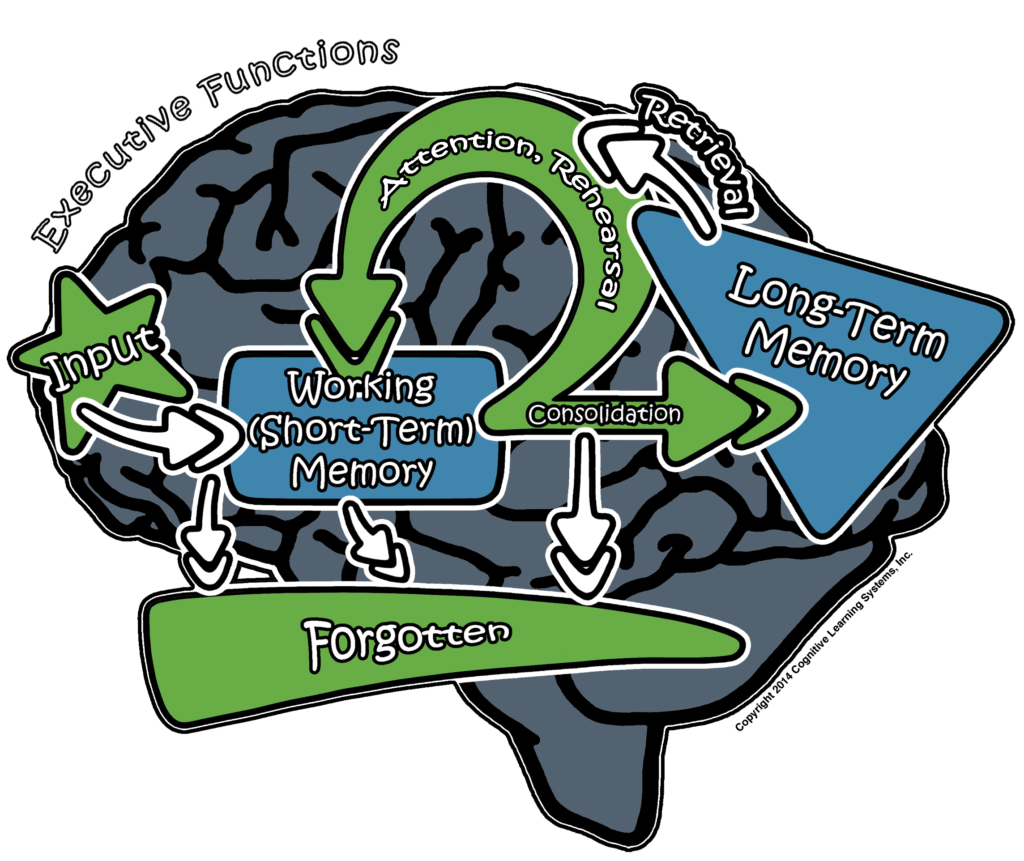
While the simplest form of information processing may be a reflex action like the knee-jerk, at the other end of the spectrum of complexity are learning and memory. Learning and memory may involve any or all of our senses and utilize many different areas of the brain. This is the level of processing complexity at which the Information Processing Model becomes useful to us.
Information processing is essentially learning and memory. In fact, if the brain does not process new information, it will not lead to permanent memories and learning will simply not occur. Conversely, the more extensively new information is processed, the better it will be remembered, and the more learning will occur. The steps involved in the input and processing of new information by our brain are summarized in the illustration to the right. Let’s go through the steps.
Learning and Our Senses
The term Input at the left in the model indicates sensory information communicated to our brain through nerves connected to our organs of sensation. These sensations of course include touch, vision, hearing, smell and taste. Despite all of our cognitive complexity and our brain’s ability to deeply consider the meaning of information, it is only through our five senses that we are aware of what is going on in the world around us.
At this point in our technology, it is almost impossible to get information from the outside world to our brain except through our five senses. Even augmented and virtual reality devices, which may soon have a significant impact on education, must deliver information through our senses to gain access to our brain for processing and interpretation. This is important to remember as we turn to technology as a mechanism to enhance learning. Not until we can somehow bypass our senses to implant stored information and the meaning of such information further downstream in the Information Processing Model, can our senses be circumvented.
In the Information Processing Model, we notice that there is a loss of information gained through input from our senses indicated by the first arrow leading downward to Forgotten. This indicates that some information, in fact the vast majority of information that we are presented, never makes it very far at all. We constantly receive an enormous amount of information, thousands of stimuli per second. We cannot process so much information at one time. Consider, for example, the “feel” of your right foot at this very moment. If you choose to concentrate on it, you can actually sense information being sent from your foot to your brain, its location relative to the rest of your body, for example. Obviously, it would be difficult to concentrate on anything else if we spent all of our time dealing with information coming from our right foot, let alone the rest of our body as it senses the environment.
to concentrate on it, you can actually sense information being sent from your foot to your brain, its location relative to the rest of your body, for example. Obviously, it would be difficult to concentrate on anything else if we spent all of our time dealing with information coming from our right foot, let alone the rest of our body as it senses the environment. 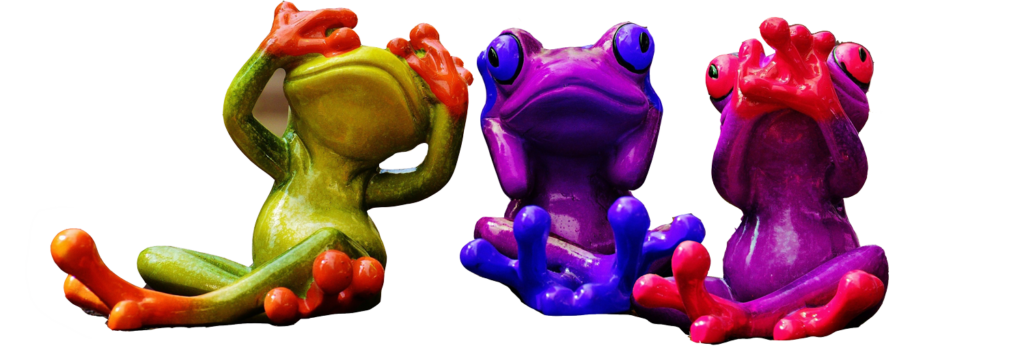 Therefore, we routinely filter out almost all information delivered through our senses.
Therefore, we routinely filter out almost all information delivered through our senses.
Background sounds, changing temperature, vibrations, most of what we detect in our visual fields and so on are routinely relegated to the unconscious and not processed beyond the Input step in the Information Processing Model. We filter them out and they are therefore forgotten. If we were unable to do so, the shear amount of incoming sensory information would incapacitate us.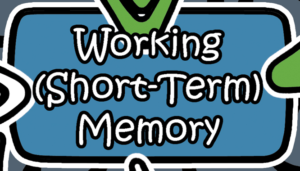
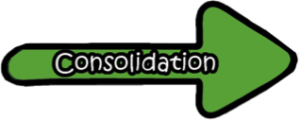
Consolidation
The conversion of new information from limited storage to long-term memory requires a process called Consolidation. Consolidation is a complex process involving comparison of new information in limited storage to “previous knowledge” through Retrieval of related information from long-term memory. Virtually no new information is consolidated without first comparing it to information we already have. Every bit of new information will be compared to “old” information already stored in long-term memory. Thus, if I tell you that in my living room I have a fish tank that sits just to the left of a brick fireplace and that a double French door is to the right of that fireplace, you see a version of the scene based entirely on images of fish tanks, French doors, and fireplaces that you have already stored in your long-term memory. You can’t control this – all new information is encountered in terms of previous knowledge. As might be expected, this turns out to be of incredible significance in terms of teaching and learning.
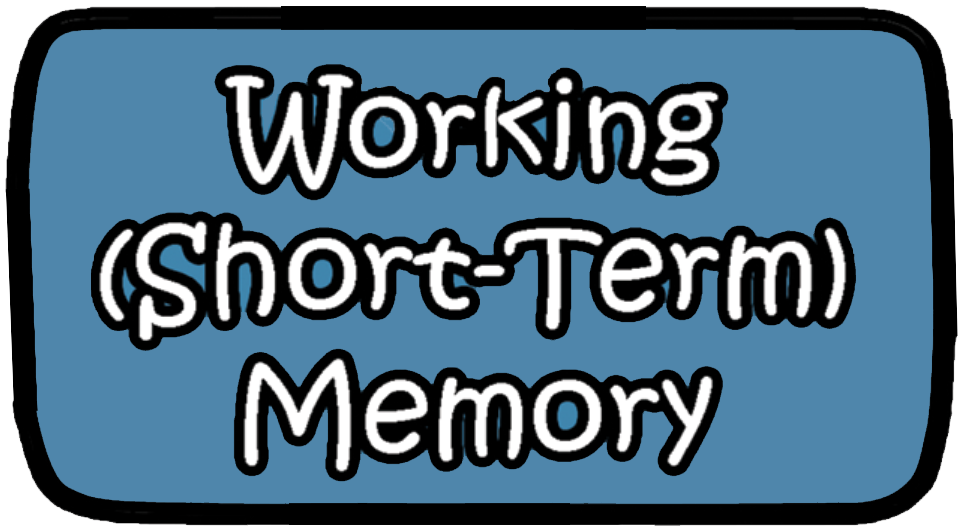 Subsequent Rehearsal of the new information in the context of what is already known may then lead, through consolidation, to its permanent storage in long-term memory. Rehearsal comes in many forms in the classroom environment. Homework that necessitates application of information gained in class is rehearsal. One student explaining new information to another is rehearsal for both students. Students working on their lab report based on data they collected while conducting an experiment is rehearsal – and so on. Almost any time a student refers back to newly introduced information and uses it in any way they are rehearsing, and it will help them consolidate the information into long-term memory.
Subsequent Rehearsal of the new information in the context of what is already known may then lead, through consolidation, to its permanent storage in long-term memory. Rehearsal comes in many forms in the classroom environment. Homework that necessitates application of information gained in class is rehearsal. One student explaining new information to another is rehearsal for both students. Students working on their lab report based on data they collected while conducting an experiment is rehearsal – and so on. Almost any time a student refers back to newly introduced information and uses it in any way they are rehearsing, and it will help them consolidate the information into long-term memory.
By far, most information in limited storage never makes it to long-term memory – it is not consolidated – it is lost and forgotten (third arrow in the model leading to “forgotten”). For information to enter and remain in long-term memory, new connections between neurons in the brain must be made. This is a physical process that involves turning on genes and making proteins. Thus, learning is a physiological process that can be affected by nutrition, drugs, and the overall status of the body.
 Attention and Executive Functions play controlling roles in the overall process. Executive Functions essentially oversee the handling of new information – they orchestrate the retrieval of relevant pre-existing information from long-term memory, guiding rehearsal while helping direct attention. Executive Functions are responsible for the integration of different brain functions. When a student decides that a new piece of information is similar to something that he or she has seen before, that is an example of using Executive Functions. When a student realizes that he did not understand a concept that he just read in a textbook and decides to reread the paragraph containing it, he used Executive Functions both to check his understanding of the concept, and to formulate a plan (rereading the paragraph) for improving his understanding. Attention is required throughout information processing. No new information can be consolidated into long-term memory if we do not attend to it. Executive Functions are involved in helping students decide what they should focus their Attention on in a given circumstance. Thus, Executive Functions oversee and guide almost all areas of information processing and learning.
Attention and Executive Functions play controlling roles in the overall process. Executive Functions essentially oversee the handling of new information – they orchestrate the retrieval of relevant pre-existing information from long-term memory, guiding rehearsal while helping direct attention. Executive Functions are responsible for the integration of different brain functions. When a student decides that a new piece of information is similar to something that he or she has seen before, that is an example of using Executive Functions. When a student realizes that he did not understand a concept that he just read in a textbook and decides to reread the paragraph containing it, he used Executive Functions both to check his understanding of the concept, and to formulate a plan (rereading the paragraph) for improving his understanding. Attention is required throughout information processing. No new information can be consolidated into long-term memory if we do not attend to it. Executive Functions are involved in helping students decide what they should focus their Attention on in a given circumstance. Thus, Executive Functions oversee and guide almost all areas of information processing and learning.
Executive Functions and Critical Thinking
In the graph at the top of this page, we showed the rapid increase in executive functions skill proficiency during the preschool and kindergarten years. Executive functions help in organizing the activity of diverse brain areas to focus attention and solve problems. Interestingly and importantly, executive functions provide the cognitive environment for another essential component of rational brain activity to occur – namely, critical thinking.
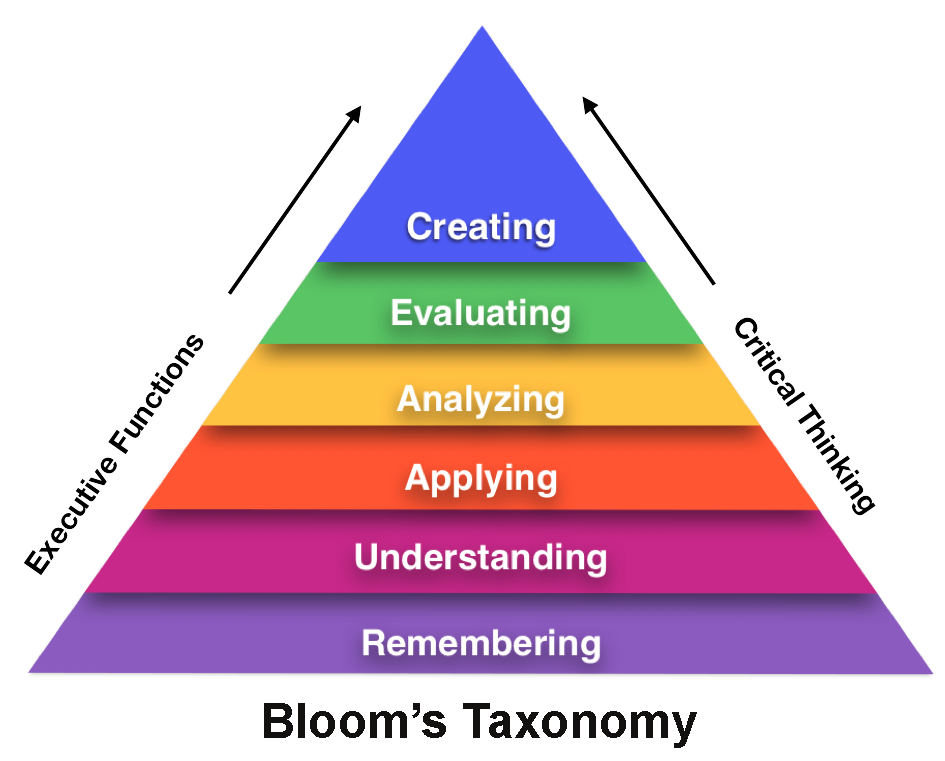 Many teachers and educational psychologists are familiar with the concept of Bloom’s Taxonomy. This hierarchal ordering of cognitive levels was first outlined by Benjamin Bloom in the 1950s and has had amazing staying power over the years. In fact, much of what we are learning through neuroscience and neurological imaging (fMRI, in particular) is entirely consistent with the taxonomy. The idea is that the more new information is used and applied, the better it is understood and remembered. Thus, simple memorization of information leads to the shallowest level of understanding and learning. As one moves up the taxonomy, higher and higher cognitive characteristics are required and developed.
Many teachers and educational psychologists are familiar with the concept of Bloom’s Taxonomy. This hierarchal ordering of cognitive levels was first outlined by Benjamin Bloom in the 1950s and has had amazing staying power over the years. In fact, much of what we are learning through neuroscience and neurological imaging (fMRI, in particular) is entirely consistent with the taxonomy. The idea is that the more new information is used and applied, the better it is understood and remembered. Thus, simple memorization of information leads to the shallowest level of understanding and learning. As one moves up the taxonomy, higher and higher cognitive characteristics are required and developed.
Moving students up Bloom’s Taxonomy in a whole variety of subject areas might well be thought of as a primary objective of education. Importantly, both executive functions and critical thinking are also used and practiced as students move up this classic hierarchy of cognitive power. Consequently, early experiences, like LabLearner, help develop the most basic and important thinking skills at the precise time they are developmentally expanding with the maturing brain.
